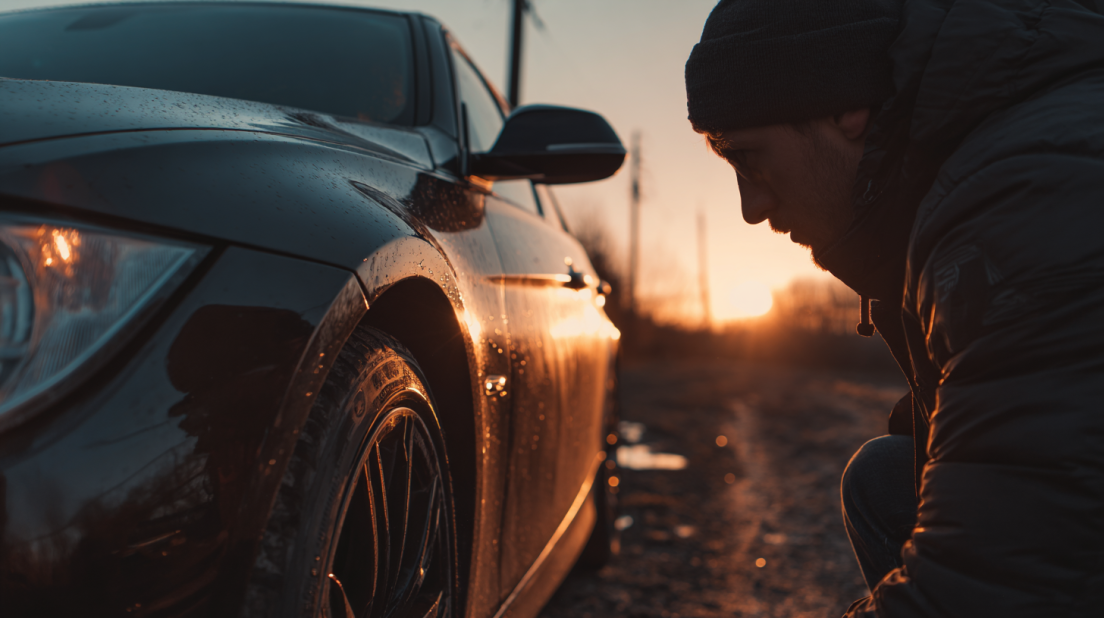How to Identify Hidden Damage in Damaged Salvage Cars

Buying damaged salvage cars can be a smart way to save money… if you know what to look for. Whether you’re a hobbyist searching for a project or a savvy buyer looking for a good deal, spotting hidden damage is essential. Salvage vehicles often come from insurance claims involving collisions, floods, or other major events. While some damage is obvious, many issues aren’t visible at first glance. This guide will help you identify less obvious problems in salvage title cars, so you can make confident decisions before you buy.
1. Know What a Salvage Title Really Means
A vehicle gets a salvage title when an insurance company declares it a total loss after an accident, flood, fire, or theft. These vehicles are often resold as damaged repairable salvage cars, giving buyers a chance to restore them. However, the damage isn’t always limited to what you see. Even cars with minor dent repairs can hide more serious issues underneath.
2. Start With the Vehicle History Report
Before inspecting any vehicle, check its vehicle history report. These reports reveal accident records, insurance claims, previous owners, and even whether a car was classified as flood-damaged or involved in a major collision. If you’re looking at salvage water-damaged cars, it’s critical to know how long the vehicle was exposed to moisture, as water can corrode wiring, damage electronics, and create mold inside the cabin.
3. Inspect for Frame and Structural Damage
Frame issues are among the most serious concerns in damaged vehicles. Structural integrity is crucial to your safety, and a frame-damaged car may never perform as intended again… even if it looks fine. If you’re wondering what is frame damage on a car, it typically refers to any compromise to the core structure, such as bent rails or crumple zones.
Common signs of frame damage include uneven panel gaps, misaligned doors, or visible weld marks on the chassis. If possible, take the car to a body shop for a professional inspection.
4. Examine the Undercarriage and Suspension
Hidden problems often lurk underneath. Check the undercarriage for rust, scrapes, and bent components. With accident-damaged cars for sale, you may find damaged suspension arms or cracked bushings that aren’t obvious without a lift. Uneven tire wear or odd angles in the wheels could also signal alignment issues or deeper suspension damage.
5. Look for Water and Flood Damage
Flood-damaged cars are especially risky because water doesn’t just stain interiors – it can destroy internal systems. Lift the carpets and inspect for moisture or mildew. Look at the seat rails for rust. Sniff the interior for any musty smells. Water-damaged vehicles may still run, but electrical systems often fail months later, leading to costly repairs.
6. Check for Hail and Cosmetic Damage
Hail-damaged salvage cars can seem like a great bargain, especially if the damage is limited to dents in the body panels. But be cautious – what looks like cosmetic damage may include broken sensors or cracked glass that affect safety features. Use a flashlight to inspect the roof, hood, and trunk for subtle signs of impact.
7. Watch for Repaired Cars With Poor Workmanship
Not all repaired cars for sale are equal. Some have undergone professional collision repair; others have been patched together quickly for resale. Look for mismatched paint, overspray on rubber trim, or body panels that don’t align properly. These are signs that the car may not have received proper auto body repairs.
8. Assess Repair Costs and Get an Estimate
Even if a car looks good, it may still need substantial repairs. Check every potential purchase for cosmetic, electrical, and mechanical damage, then get a car damage estimate from a trusted mechanic. Whether you’re looking at damaged cars for sale by private owners or through auctions, estimating the full repair cost is crucial before committing.
9. Understand the Risk With Certain Damage Types
Crashed cars for sale and accidental cars may have hidden damage in critical areas like the firewall, A-pillars, or suspension mounts. These issues can compromise safety and are harder to fix. On the other hand, damaged autos for sale with obvious but isolated damage (like a fender or bumper) might be easier and cheaper to fix.
10. Buy Smart: Use Caution and Common Sense
If you’re ready to buy wrecked vehicles, focus on those with detailed repair records and thorough inspections. Whether it’s hail damage car listings or structural damage car deals, always verify the extent of the damage. Remember, some damaged vehicles for sale might seem cheap but cost more in repairs than they’re worth.
At online car auctions, you’ll also see many cars with damage for sale that vary in condition; from broken cars to accident salvage cars for sale. Not all damaged cars are bad investments, but the more you know, the better your chances of success.
Final Thoughts
Buying wrecked cars for sale requires diligence and knowledge. By checking vehicle history reports, inspecting for structural damage, and understanding repair costs, you can avoid costly mistakes. From damaged cars for sale to repaired vehicles, each listing has potential, if you take the right steps to uncover what’s hidden beneath the surface.
- New York Auction Bidding Explained - December 12, 2025
- Vote for the 2025 AutoBidMaster Rebuild Challenge People’s Choice - December 8, 2025
- Why a Used Nissan Altima Still Delivers Great Value - December 5, 2025